
Oneirogens — Herbs That Make You Dream
Little talked about except for in the private gatherings of ancient, still existing civilizations; oneirogens. They are the herbs that make you dream; the botanical keys to the mysterious place we spontaneously find ourselves some nights, in the middle of our sleep.
Oneirogens are a class of herbs on their own, in that all the herbs in this group bring on a dream-like state of consciousness or they induce more vivid dreaming. But what we’ve long forgotten about in the West, and what Australia’s Indigenous people’s culture is founded on is dreamtime. The place where things and situations are halfway between non-manifest and manifest.
Carl Jung made an important point of dreams and their role in the psyche, and many philosophers and psychoanalysts, both before and after Jung, emphasised the mystery of dreams (Aristotle, Plato, Jordan Peterson, and Ram Dass just to name a few).
Oneirogens are a class of herbs that offer us the opportunity to consciously engage in dreaming, not something most of us can do on demand. Lucid dreaming is a skill some people have to practice to be able to achieve but there are plants that have, over the years, helped humans get there a little faster.
Some of the plants mentioned in this article aren’t legal in Australia or they are processed in such a way that makes them more toxic than oneirogenic. I’ll walk you through the legalities of each plant I talk about and whether or not it’s safe or advised to seek out these plants in Australia. You’ll be surprised which herbs and plants are in this article!
What is dreaming?

Before talking about oneirogens and how they might work, we can entertain the scientific explanation of dreaming. Dreaming occurs during a stage of sleep called REM (Rapid Eye Movement). So far, our best way of explaining the “physiology” of dreaming is to contrast it to the level of brain activity during quiet wakefulness. According to EEGs and PETs, the brain shows a comparable amount of activity and metabolism between REM and the awake state.
In one study, children showed developments in their dreams that paralleled developments in waking life, demonstrating exceptional consistency between the waking and dreaming states of neural organisation. This concept that the neural pathways we experience in our dreams have some connection to those in our everyday life starts to shed light on why an herbalist or a patient might find a sort of psychotherapy in using oneirogens.
Jung described dreams in terms of psychoanalysis. In a layman’s way of describing what’s arguably the most dynamic, complex psychoanalysis, Jung believed that dreams were the manifestations of the psyche’s unfulfilled wishes. At the root of Jung’s analysis over his career is the concept of interplay between unmanifested thoughts, ideas, or feelings, dreams, and the psychological state of the individual.
When we compare this with the scientific understanding of dreams, we can begin to paint a picture of the potential for dreams to express “symptoms” the same way that the human body can manifest symptoms. In essence, Jung used the clues in people’s dreams to delineate their psychological affliction and choose a line of treatment.
Oneirogens in their traditional contexts.
Most oneirogens today are used in traditional settings. Some of them are commonly talked about such as Ayahuasca. Others are lesser talked about such as the Diviner’s Sage. For the record, both of these plants are illegal in Australia. They both also happen to be psychedelic and there is often an overlap between psychedelic and oneirogenic herbs in traditional contexts.
There is a thread among indigenous cultures of Australia, the Amazon, Mexico and North America that dreaming has implications on our emotional and spiritual health. The use of oneirogens is essentially an herbal therapy for psychological and spiritual afflictions.
What’s most interesting about oneirogenic herbs (a lot like psychedelic plants) is that, while they work on a biological mechanism, it’s not the biological mechanism itself that’s therapeutic. It’s the subjective experience that’s thought to be therapeutic. That’s to say; you drink a cup, it has a biological mechanism that causes you to dream, but it’s what happens in the dream that’s thought to bring you the keys you need to liberate yourself from your burden.
At the risk of sounding cheesy, you become your own psychotherapist.
Tobacco — the Amazon’s master dream herb.

You probably would not have guessed that tobacco would be on this list of herbs, but it is! Traditionally, Nicotiania tabacum is the variety of tobacco used in the Amazon for the purpose of dreaming. It’s not smoked, but first cured and fermented, brewed in a tea and consumed as a purgative and a dream-inducer.
I had the pleasure of participating in a tobacco ceremony in the Ecuadorean Amazon. The ceremony is held in complete silence. The tobacco is drunk, there is typically a purge, and then the rest of the ceremony is spent trying to get to sleep. Tobacco itself is stimulating, making sleep difficult to come by, but it is meant to come accompanied by a dream.
The Shuar people of the Ecuadorean Amazon use tobacco as a precursor to every other entheogenic (spiritual plant) plant they use. It is the “key” to the innermost psyche, and therefore paves the way for any other psychedelic entheogens that come after it.
The tobacco that we have access to in the West is grown and processed with toxic chemicals, and it’s not at all recommended to drink tobacco available in Australia. It’s also illegal to grow tobacco in Australia without a license, so there’s unfortunately very little possibility of using tobacco as an oneirogen if your home is down under.
Mugwort — every herbalist’s dream arsenal.
Mugwort is most commonly used in modern herbal medicine as a tonic for women’s reproductive health, especially for amenorrhoea and oligomenorrhea. It’s used in Chinese herbal medicine for the same purpose. As a bitter, mugwort can also theoretically be used as a digestive stimulant, and is often used in the preparation of aromatic bitter liquors.
Behind all of this, mugwort has a rich history in folklore and tradition. It was thought to keep evil spirits and bad energies away. It was also used as a dream-inducer, as drinking the tea of mugwort or stuffing dream pillows with the dried herb induce vivid dreaming that’s easier to remember.
Famous herbalist, Matthew Wood says that mugwort is at its magical peak when it’s just beginning to flower, so if you grow mugwort at home, that’s the moment for harvest. Mugwort is legal in Australia and often sold in head shops as loose-leaf tea or in smoking mixtures.
Mugwort is one of the main ingredients in Lucid Dreamer, so you can try it in this formula, too!
Mexican Dream Herb — the queen of bitters.

There possibly doesn’t exist another herb more bitter than Mexican Dream Herb, otherwise known as Calea zacatechichi. Interestingly, its mugwort that earns this title in Chinese herbal medicine, but when it comes to the Americas, Calea takes the cake.
There’s nothing delicious about Mexican Dream Herb, but its name is fitting. There’s almost no scientific research on the oneirogenic properties of this plant but anecdotes are in abundance. The only scientific literature I could find on Calea zacatechichi finds that it reduces abdominal cramps and abdominal nociception.
Mexican Dream Herb is to be drank as a tea — for the brave person who can stomach it. It is a gentle dream inducer, unlike tobacco, and doesn’t keep the person up all night.
You can also find Mexican Dream Herb in Medera’s Lucid Dreamer.
African Dream Root — Silene undulata.
Silene is altogether a very difficult herb to find, existing pretty much exclusively in Africa. It is one of a handful of plants used by the Zulu and Xhosa tribes of Africa to prepare Ubulawu. This is a frothy beverage that is consumed for its ability to induce dreams.
The powder of Silene is mixed with water and beaten to produce a white froth which is then sucked off the top. It’s thought that this occurs because of the saponins that are released when the mixture is beaten.
The effects of Silene undulata might not occur on the first night. It’s rumored that a dream can come on days after taking Silene undulata, and those who drink the frothy mixture are told to wait at least three days before taking another dose.
Traditionally, Silene might have been used to initiate shamans into their respective spiritual traditions.
Syrian Rue — Asia’s dream herb.

Syrian rue is a somewhat mysterious herb with a colourful history. The seeds were once used to create a dye that coloured Persian rugs. It was used in traditional medicine in Asia and some parts of the Levant as a sedative, psychedelic, and abortifacient.
The seeds of Syrian Rue contain harmine harmaline, a compound that belongs to a class called MAOI’s. MAOI’s are also present in ayahuasca, and these compounds have an indirectly psychedelic effect. This compound is also found in tobacco, the ayahuasca vine and even in passionflower.
Sometimes, Syrian Rue is mixed with other psychedelic plants because it potentiates them through its MAOI effect. It’s not clear, however, if this is the compound that causes Syrian Rue’s oneirogenic effect.
The tea of Syrian Rue can be drank to induce dreaming, but it’s not recommended to use Syrian Rue often because of its MAOI effects. The MAOI effect reduces certain enzymes that virtually every cell uses, and it’s therefore contraindicated with a lot of other medications and recreational drugs.
A world of dreaming.

We don’t often think of herbs as segways into the dreaming world, but this is possibly one of the first ever uses of herbs! The fact that there are oneirogens used in almost every ancient civilization begins to paint a picture of how important dreaming and visionary herbs were to our ancestors.
While in modern herbalism we tend to lean towards the emotional and physical benefits of herbs, we often neglect the deeper psychospiritual aspects that certain herbs have an affinity for. It’s an awfully understudied part of herbal medicine, though experiments on the spiritual world aren’t easy to design or master.
Have you used oneirogenic herbs before? What was your experience like? Let us know in the comments!


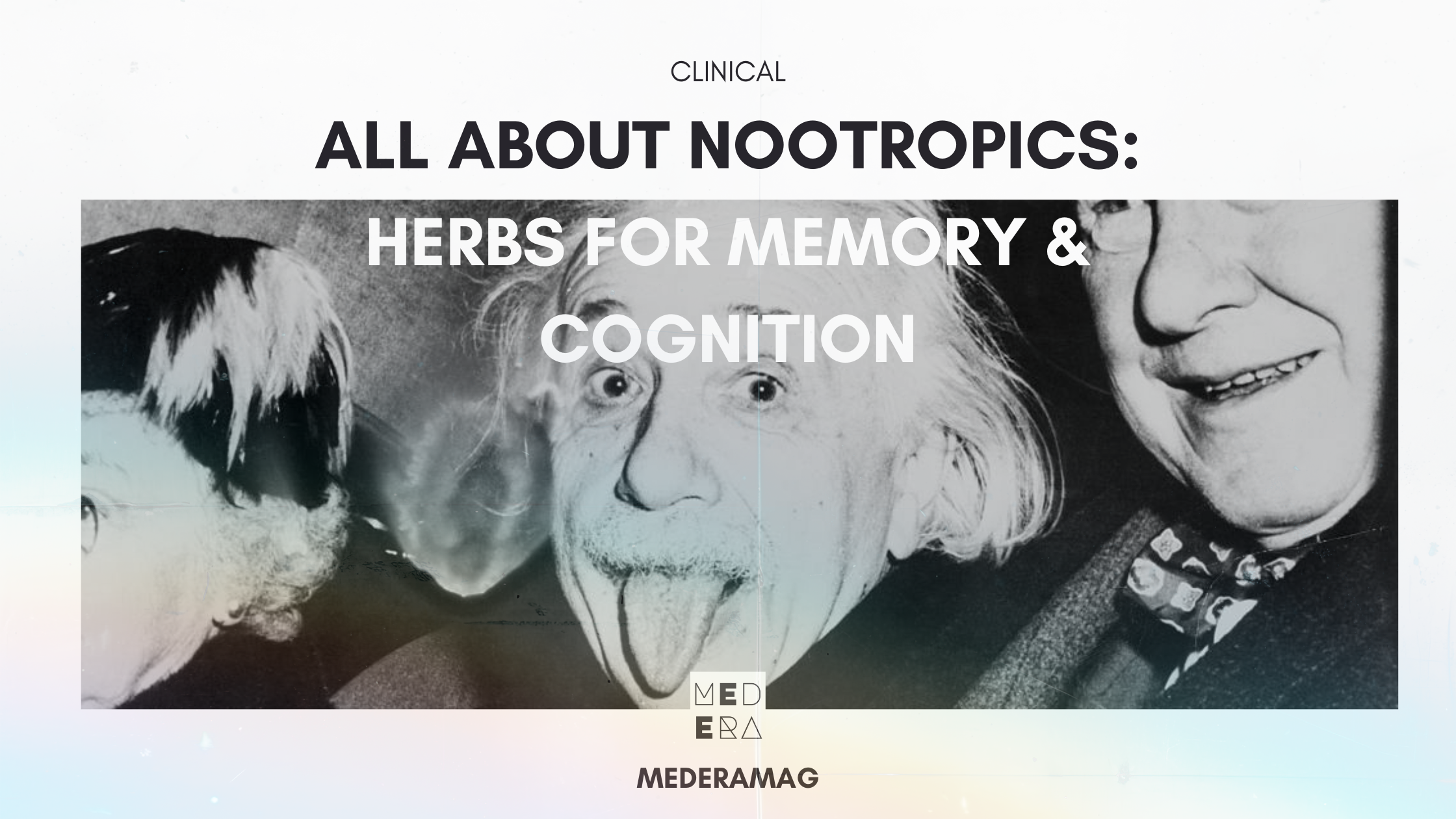

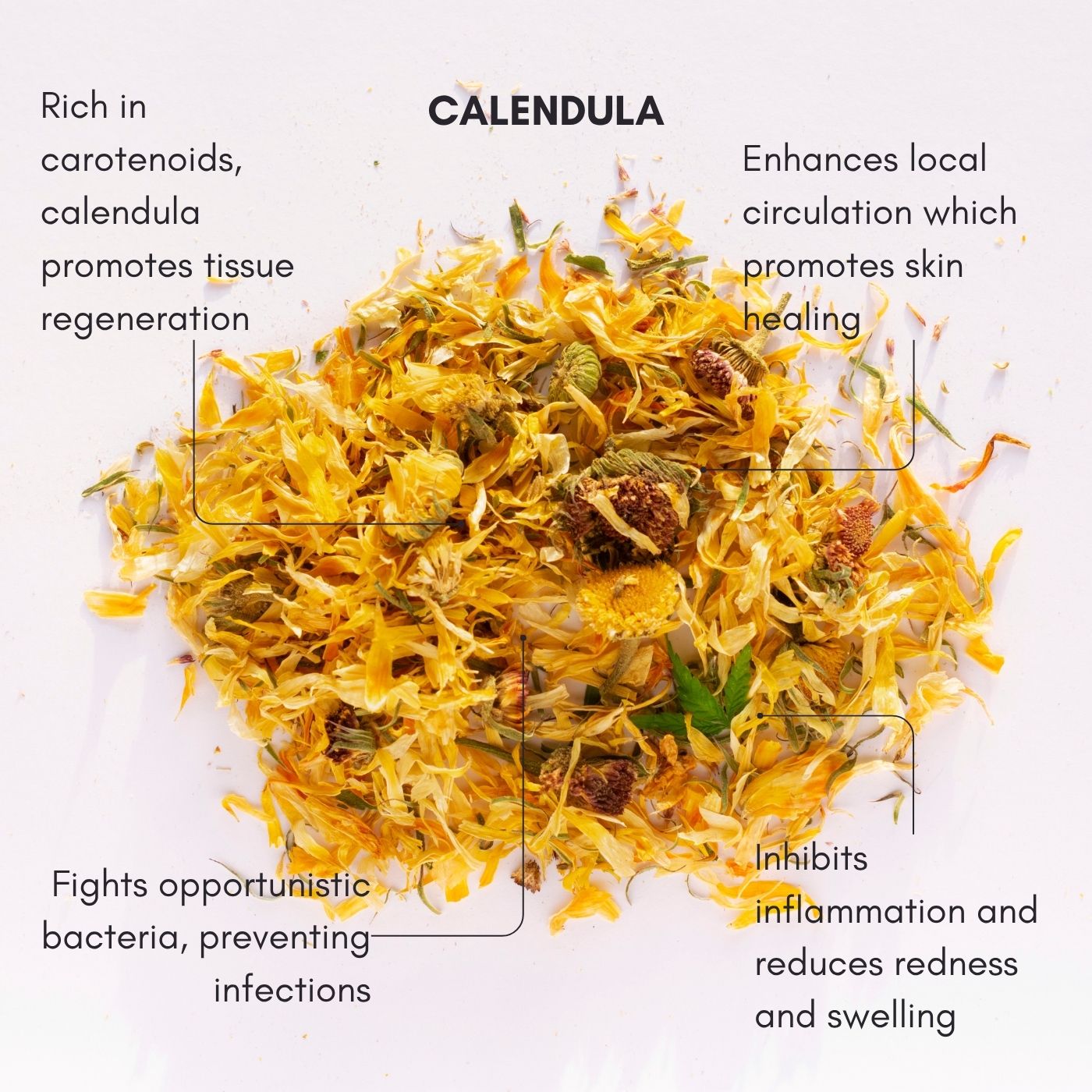
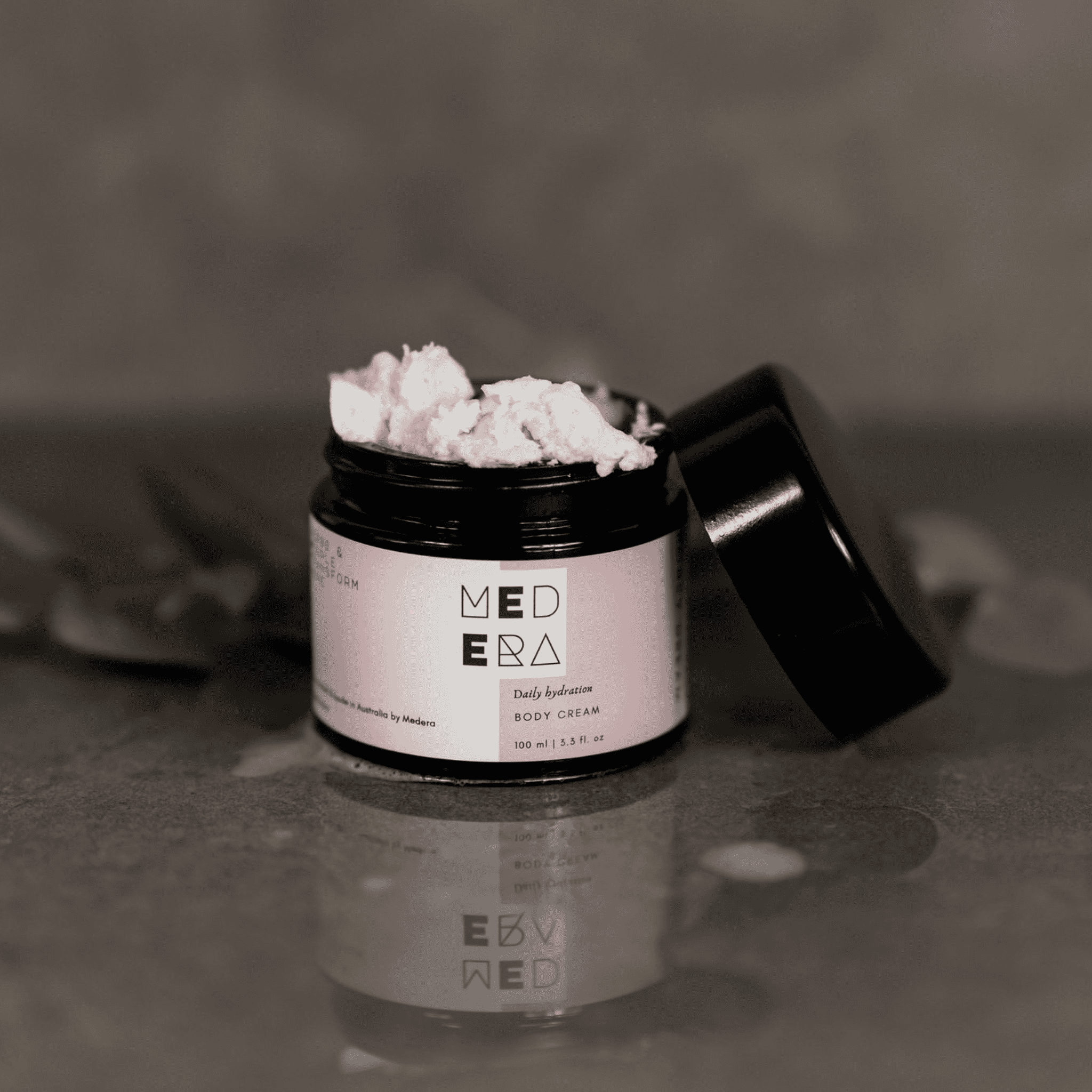
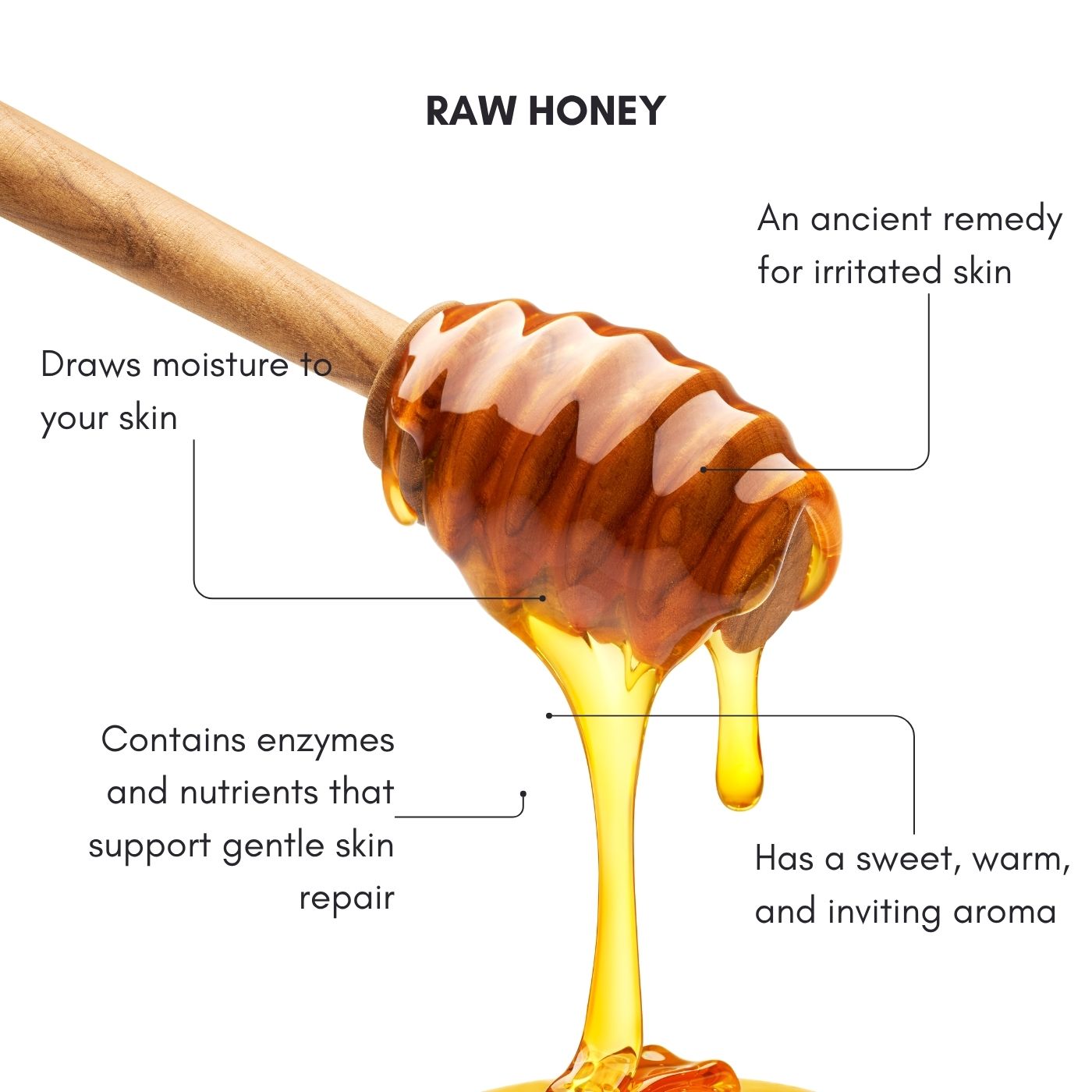
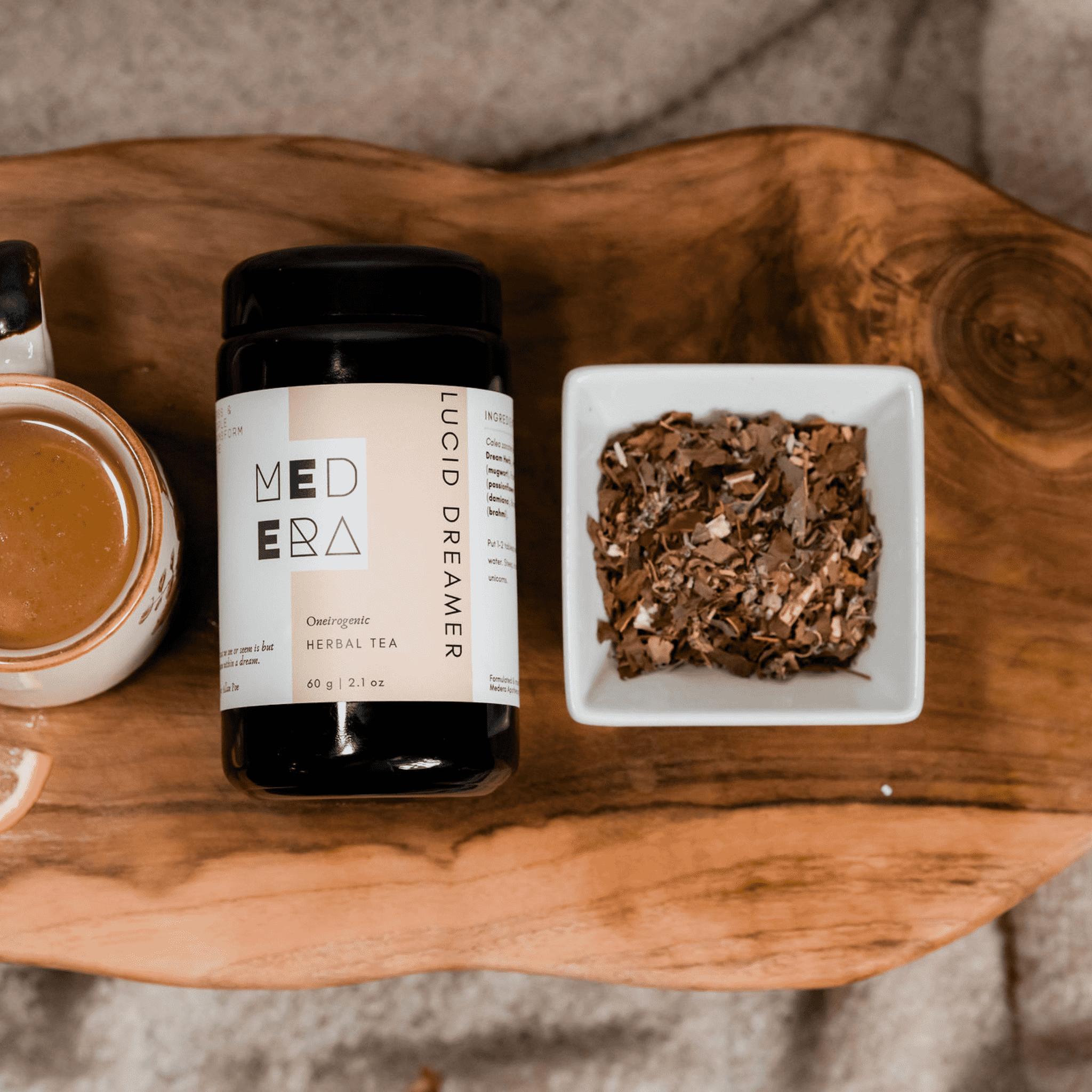
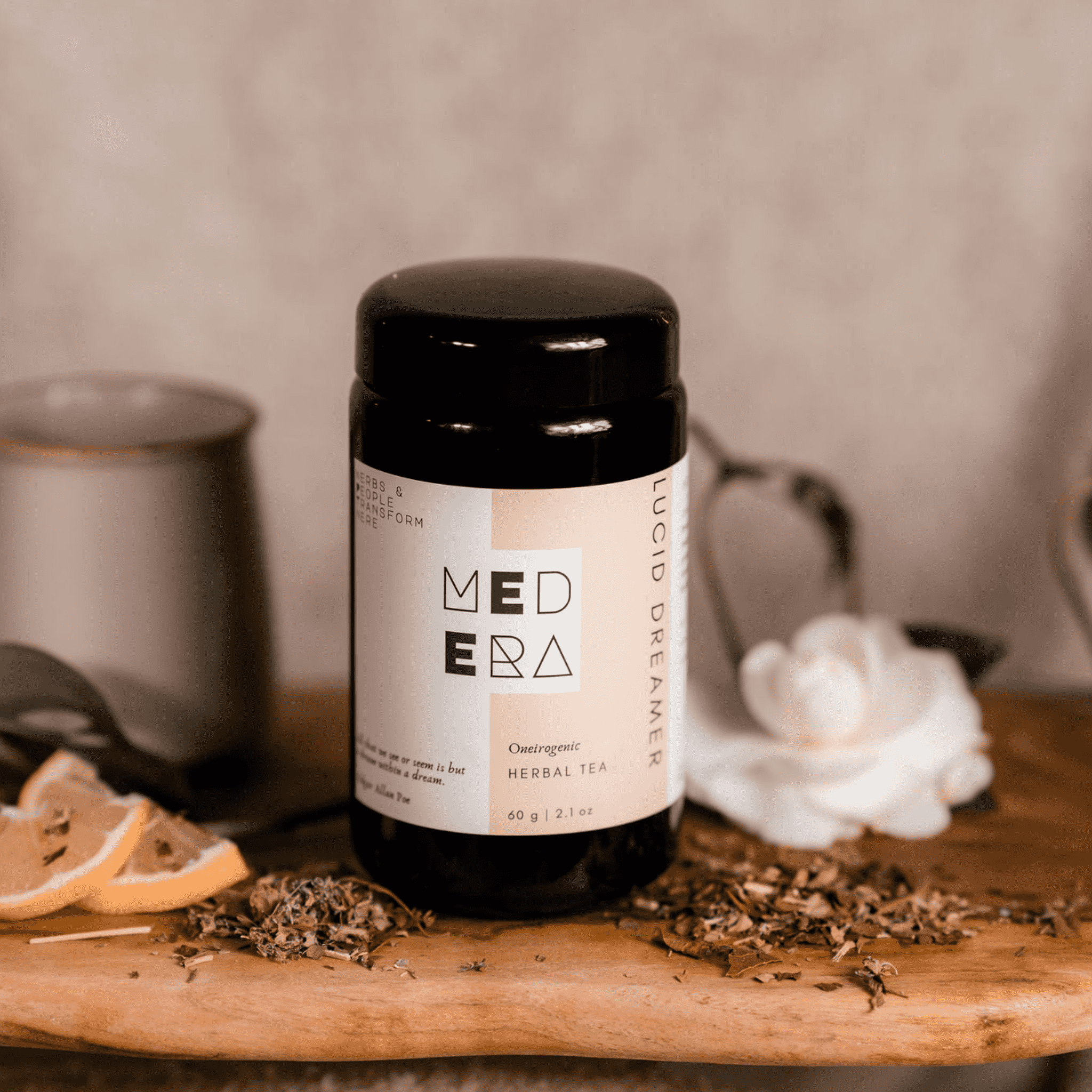
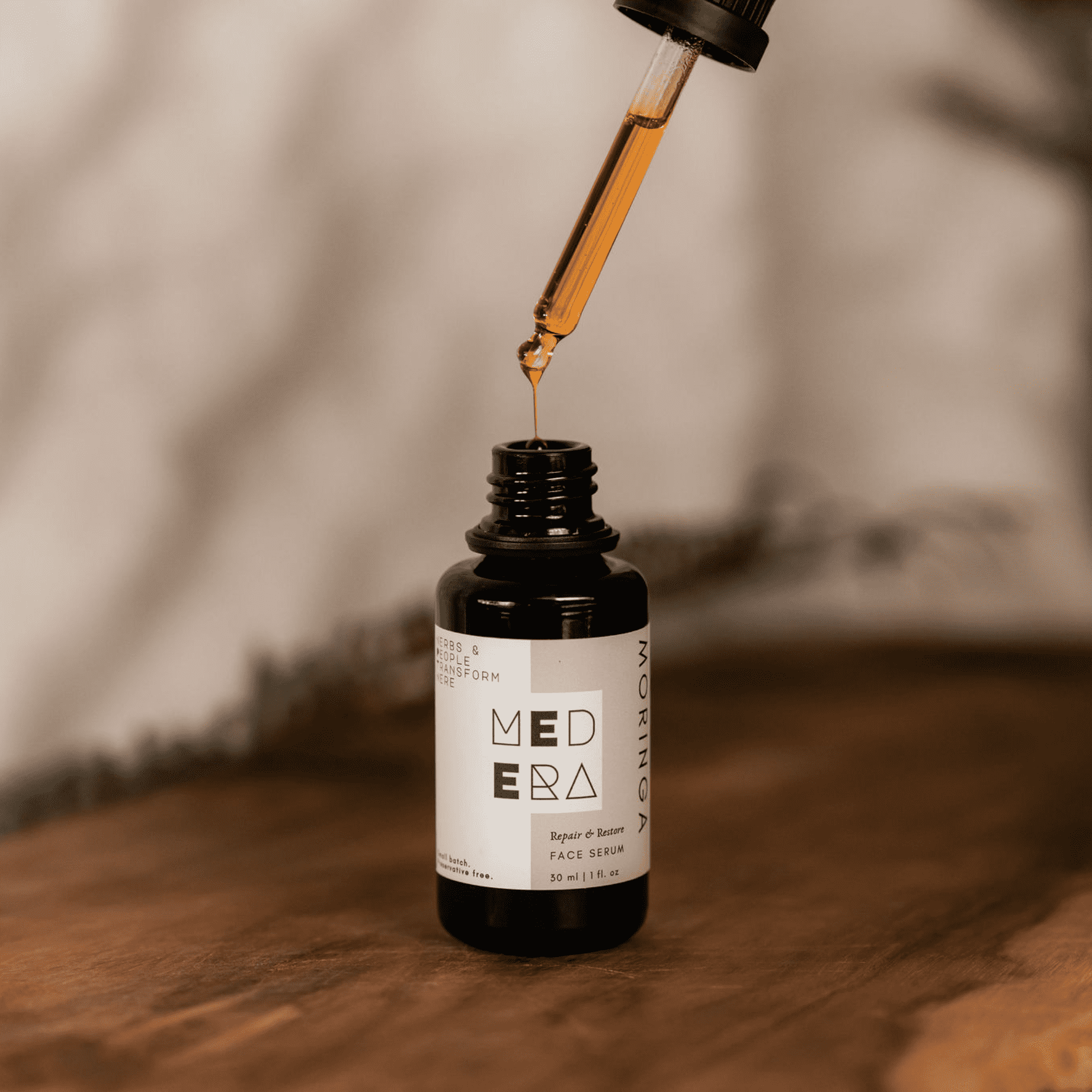
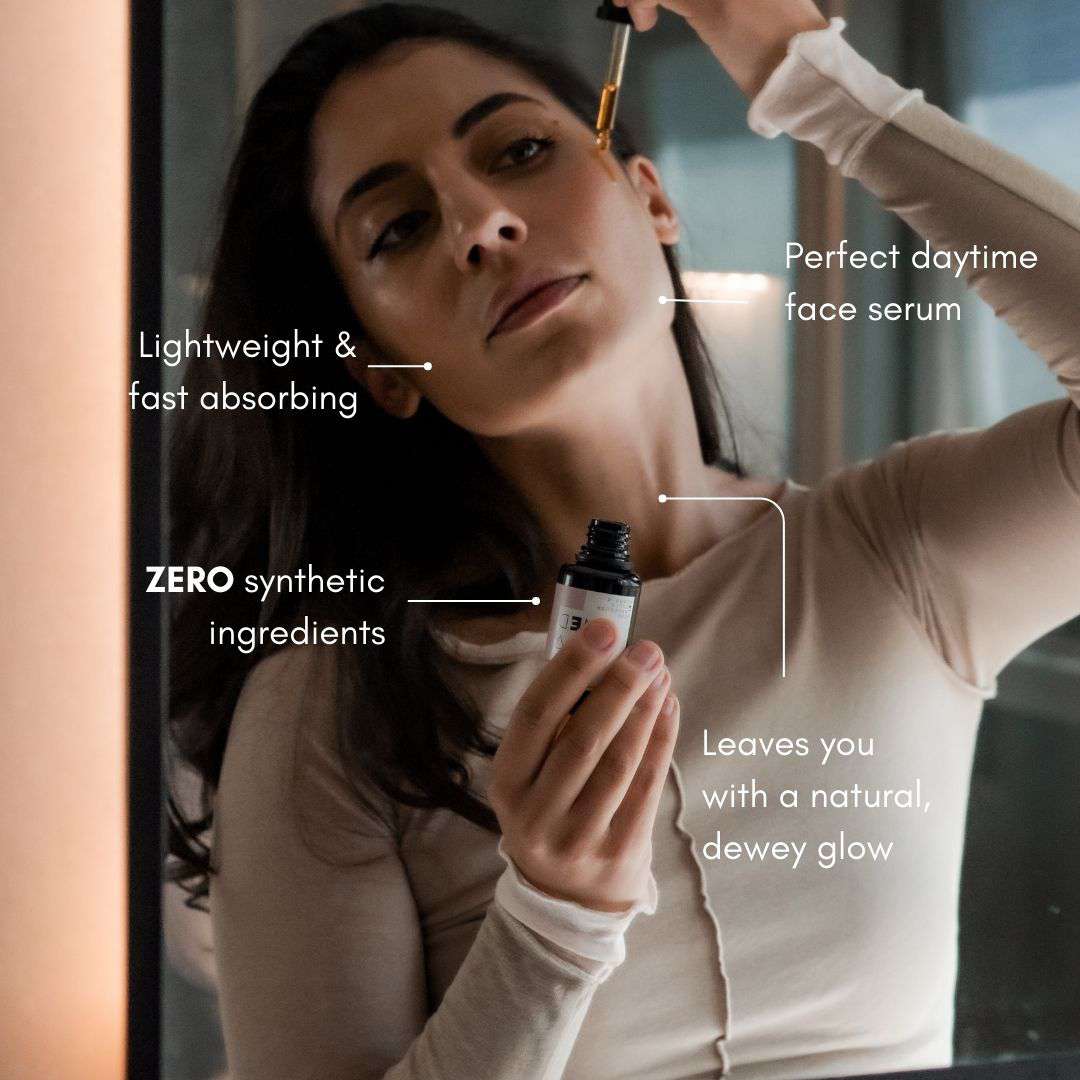
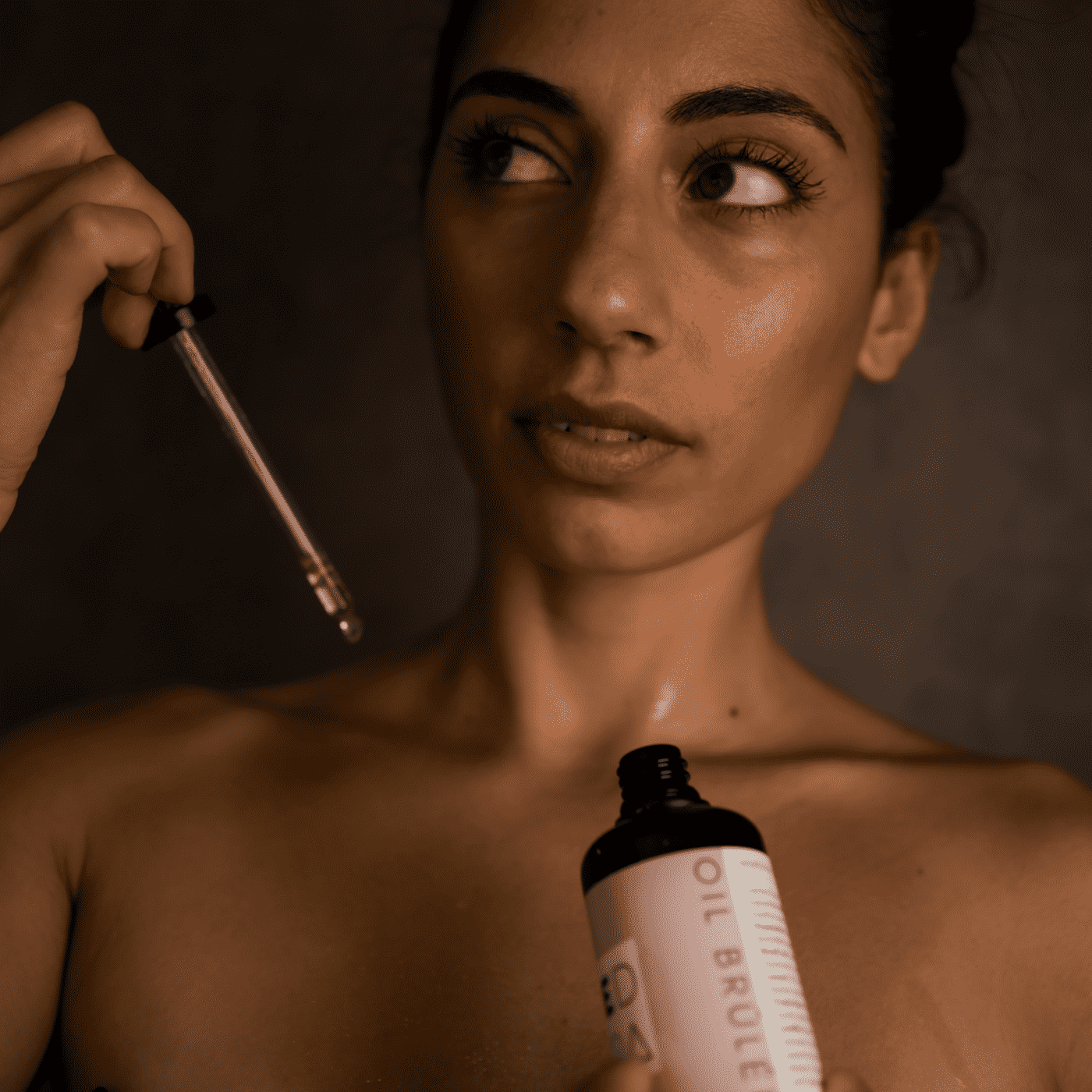
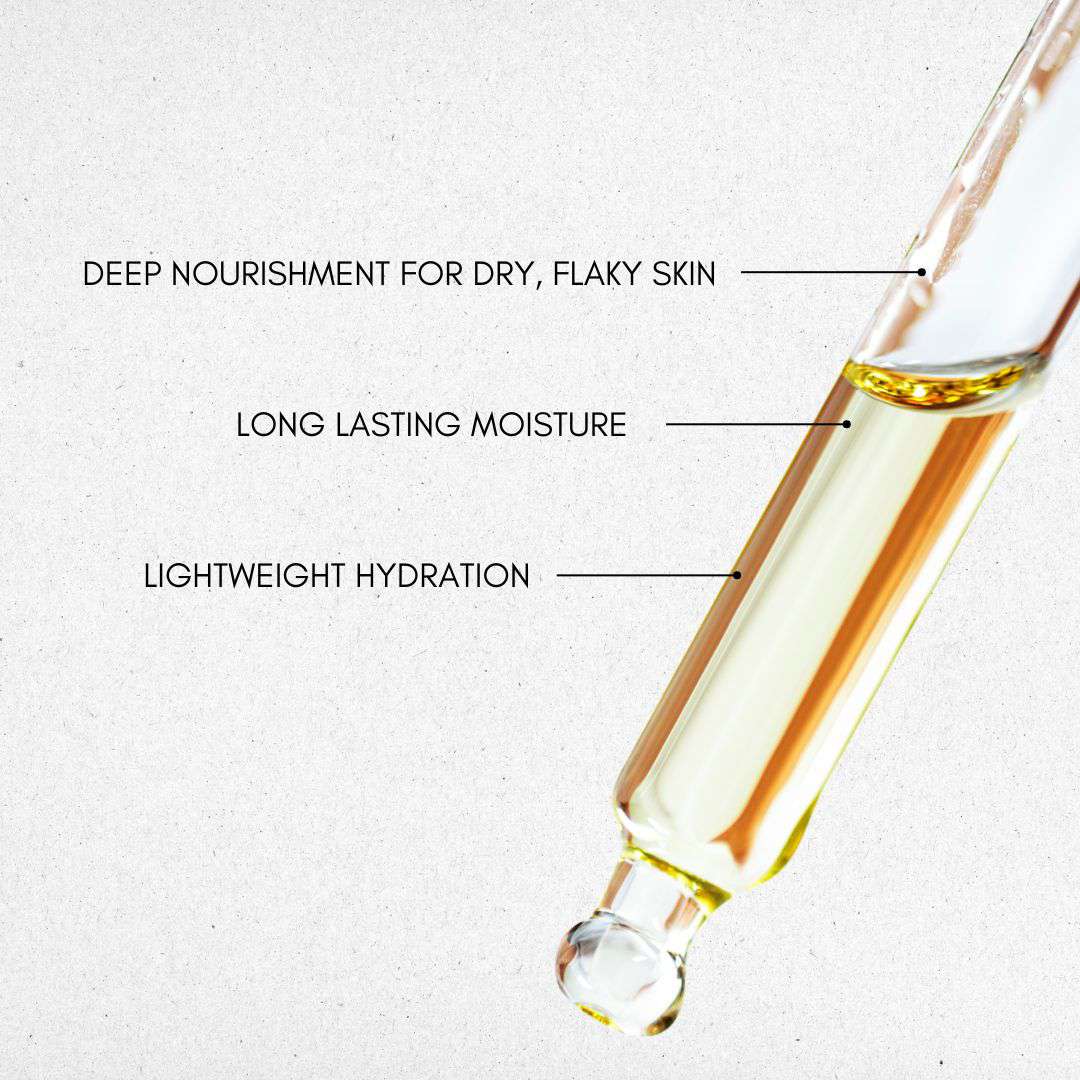
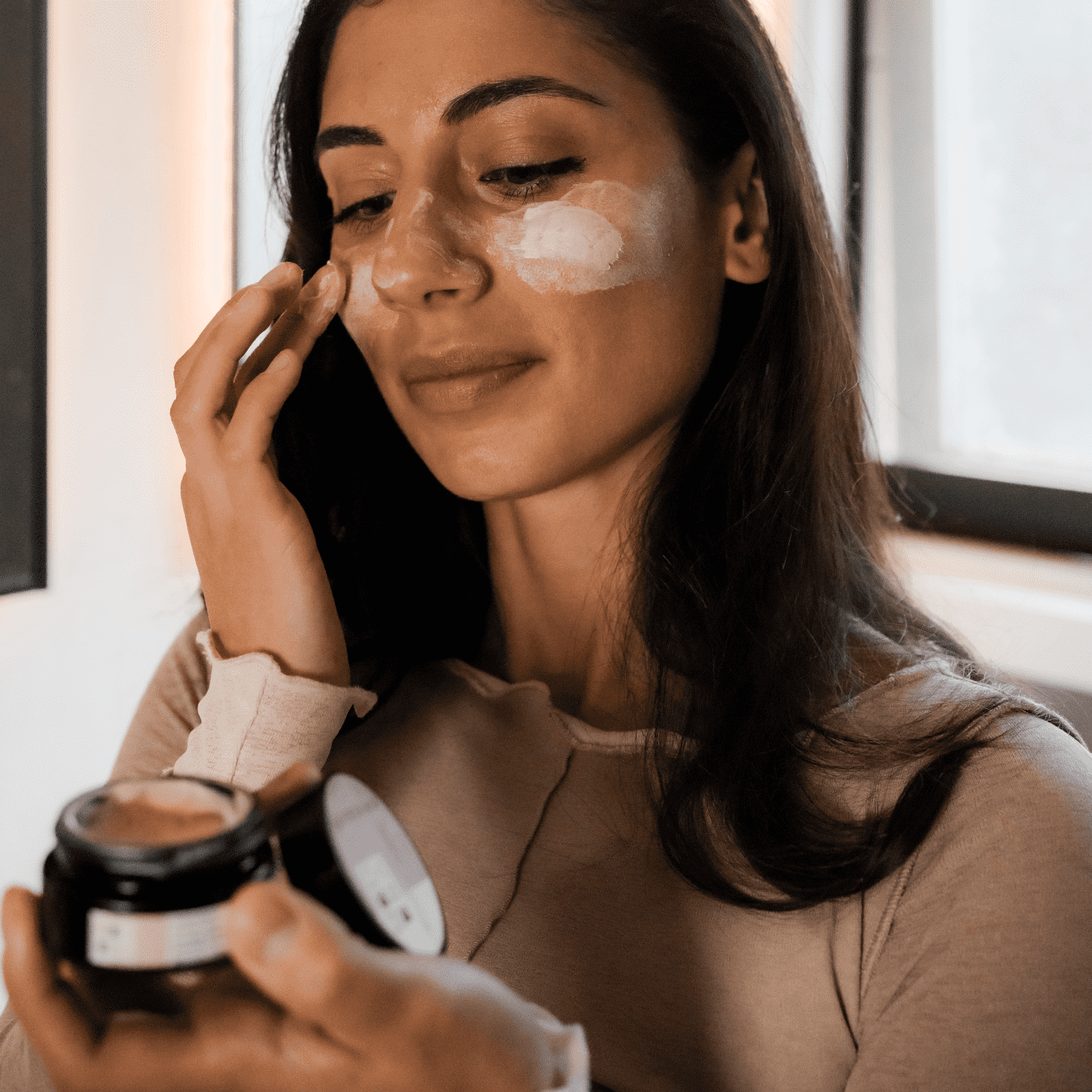
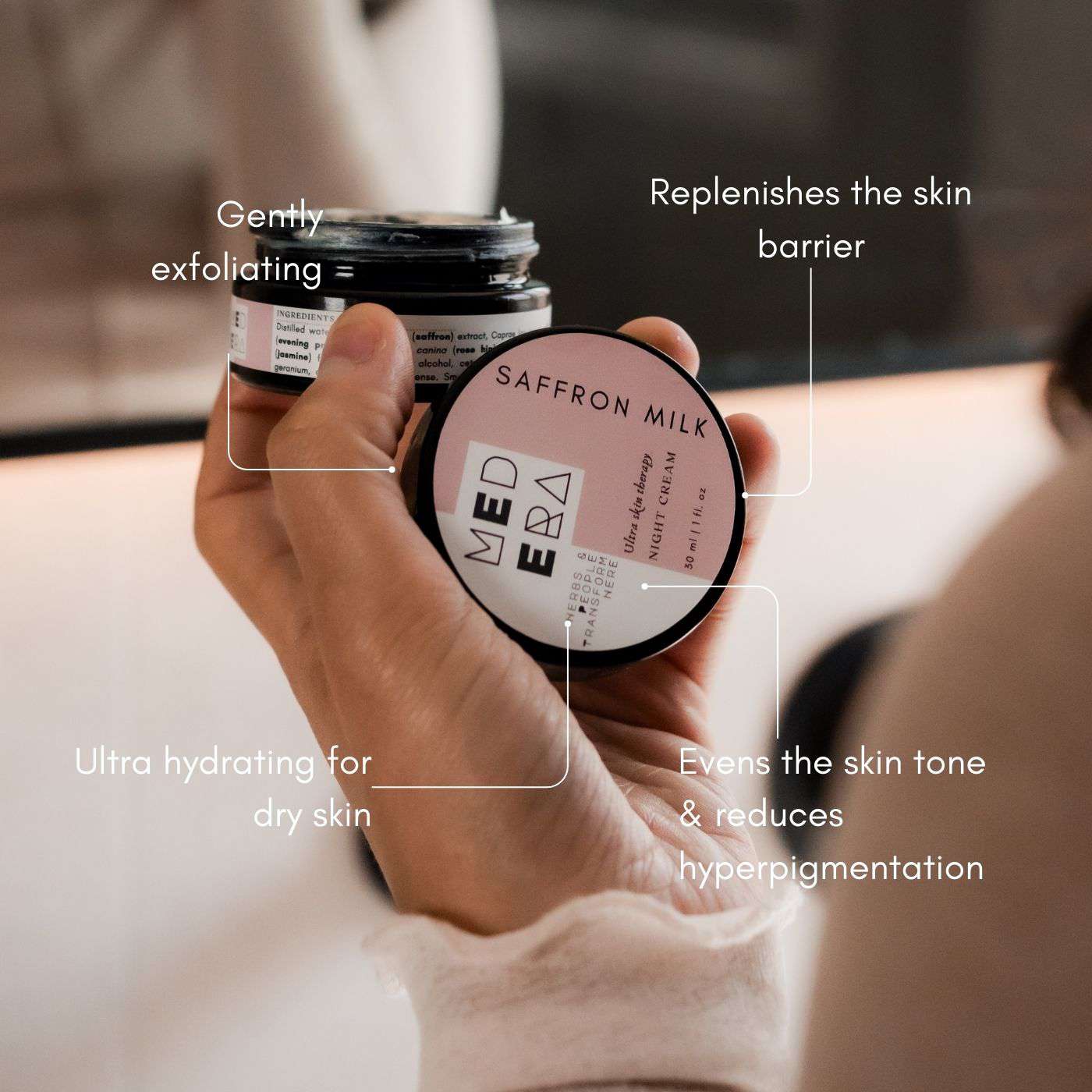

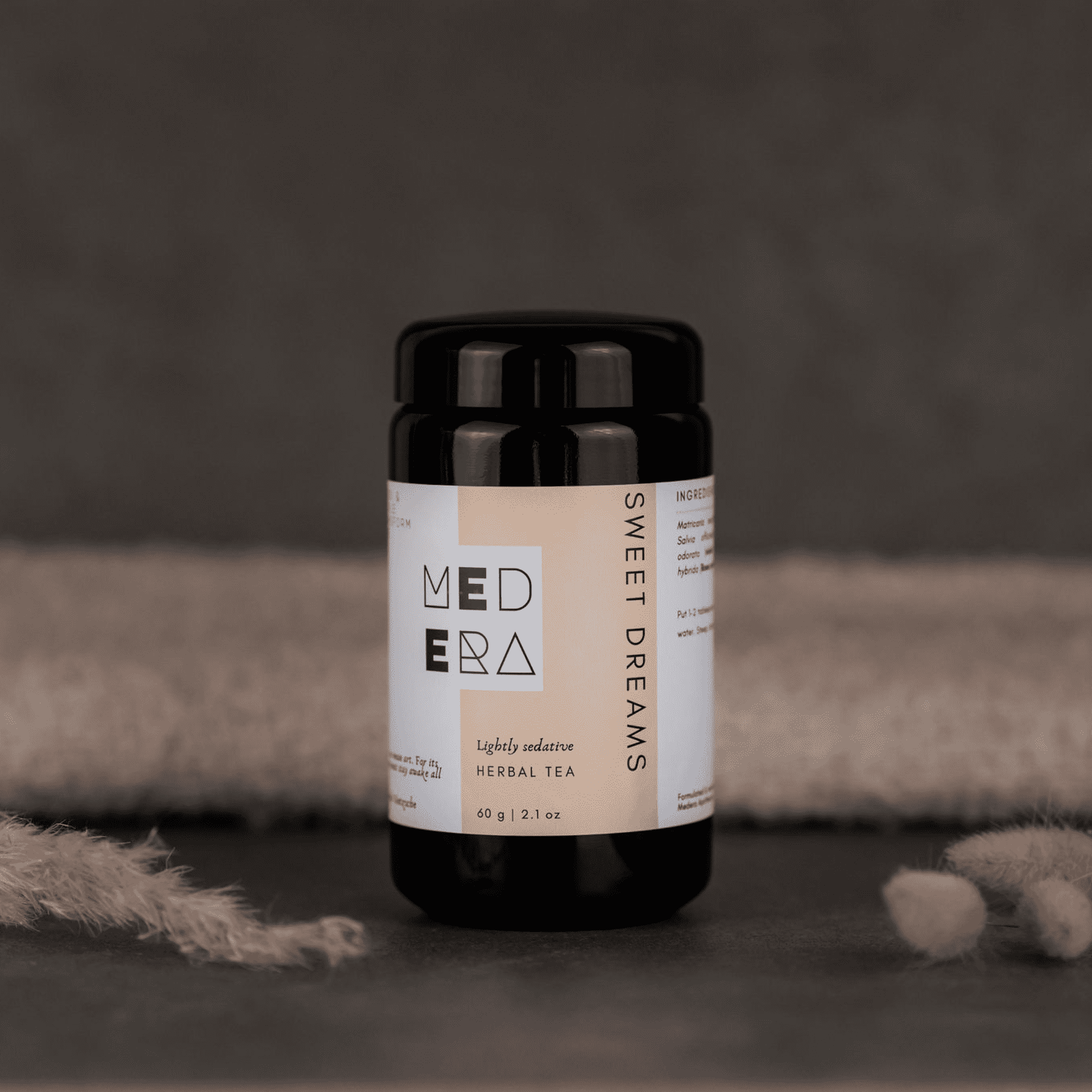
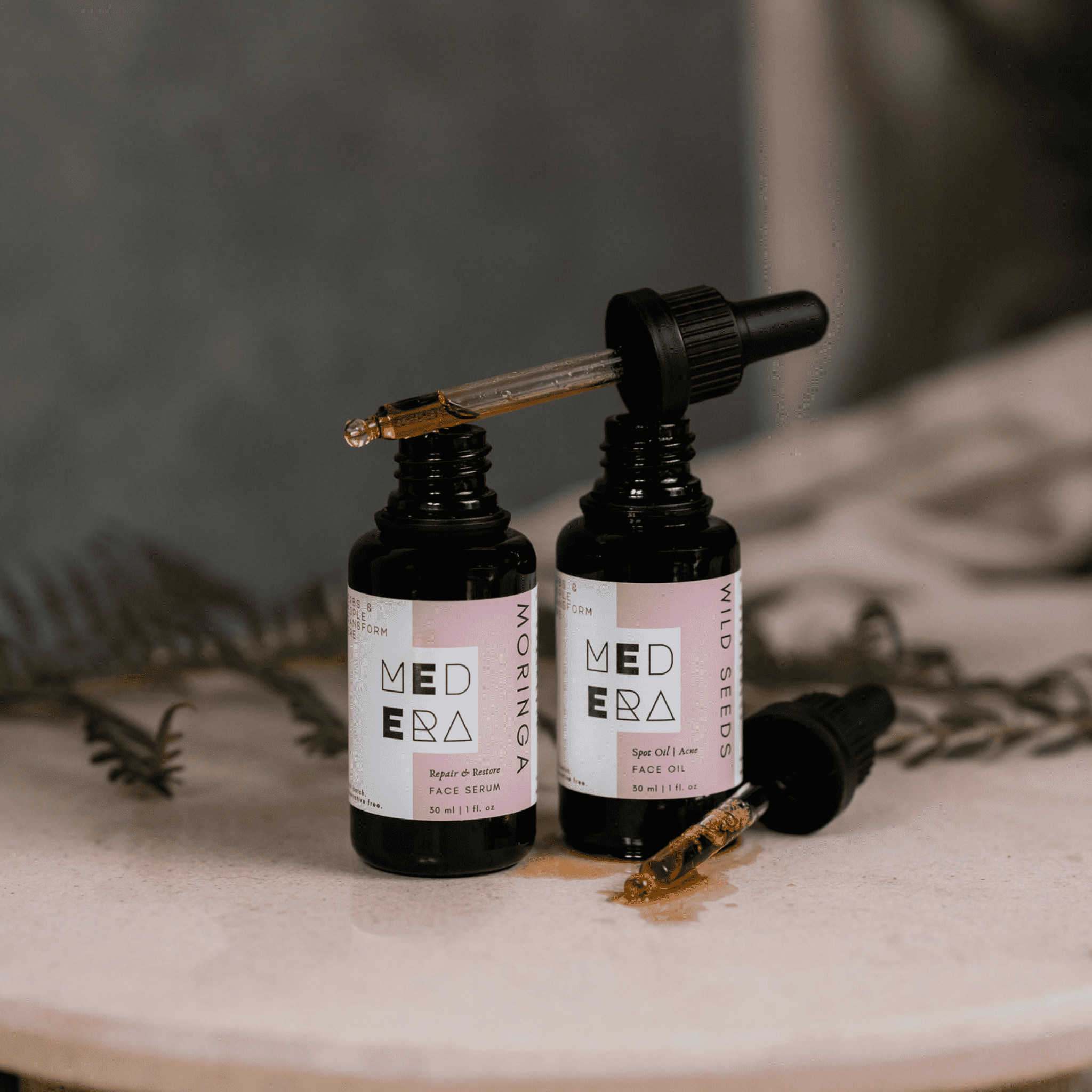
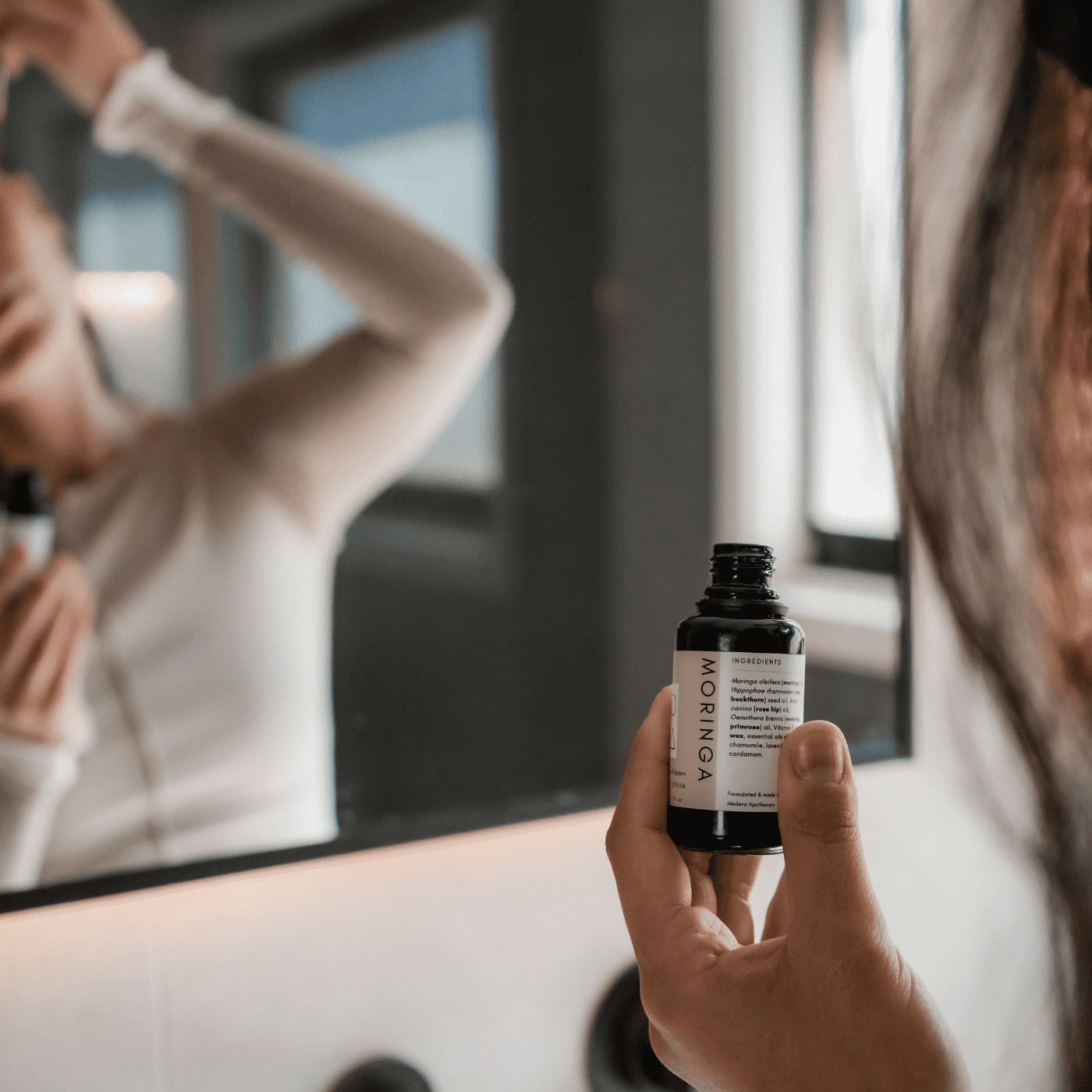
2 comments
When will you have more Lucid Dreamer in stock?
Penny
Just a “head’s up!” You said segway back there. That is how it sounds, but when you’re talking about a transition from one thing to another, it’s segue. Yes that’s pronounced seg-way, but if you spell it like “segway”, you’re talking about a mall-cop vehicle. Just figured I’d help out. Feel free not to let this through moderation into the posted comments. Also, thanks for writing about oneirogens.
Billy Mc Fapass
Leave a comment
This site is protected by hCaptcha and the hCaptcha Privacy Policy and Terms of Service apply.